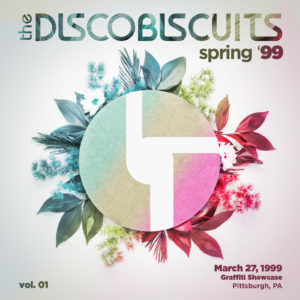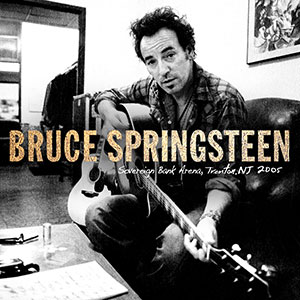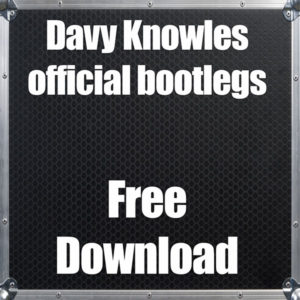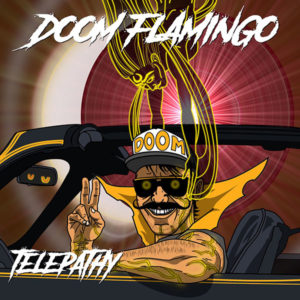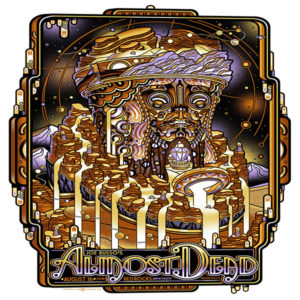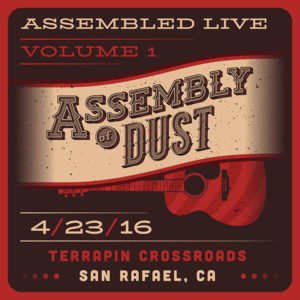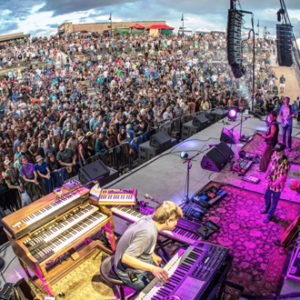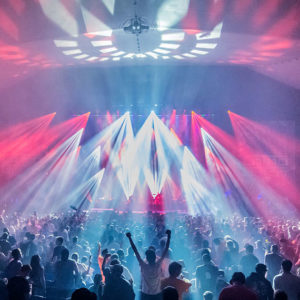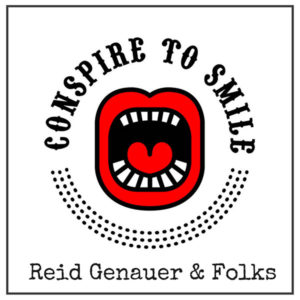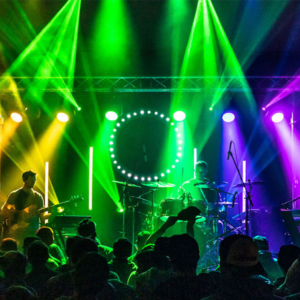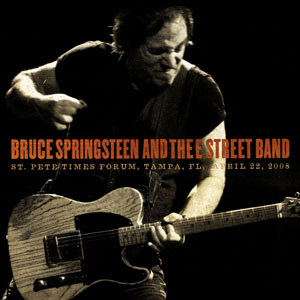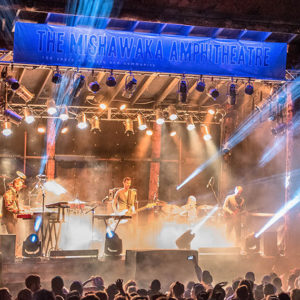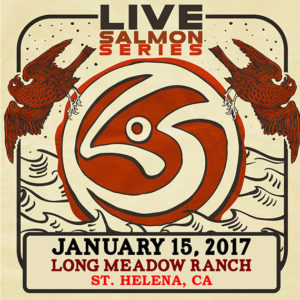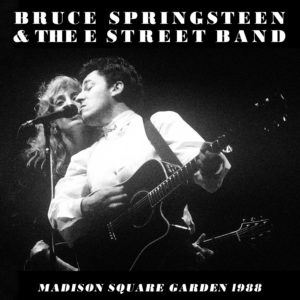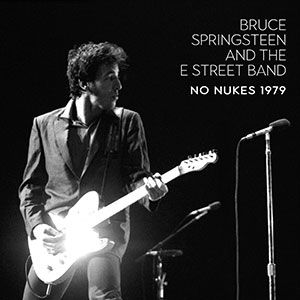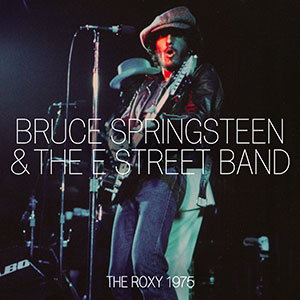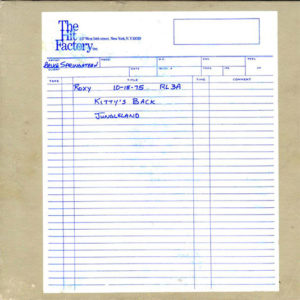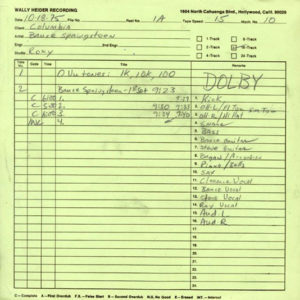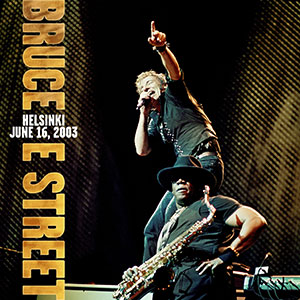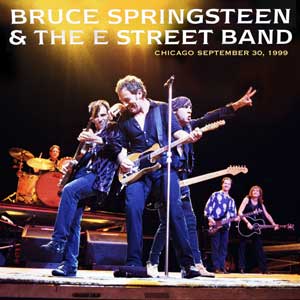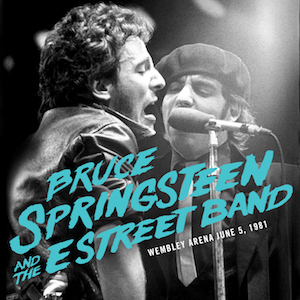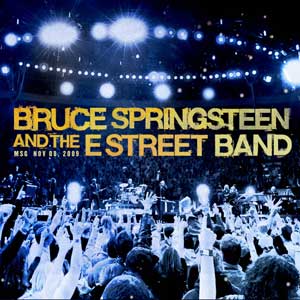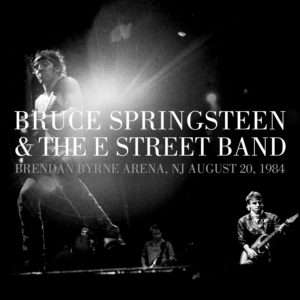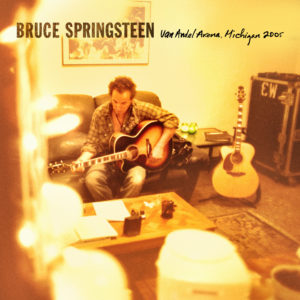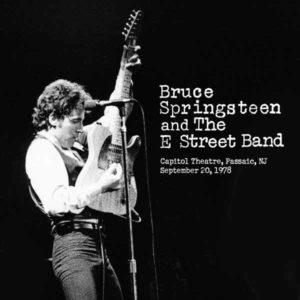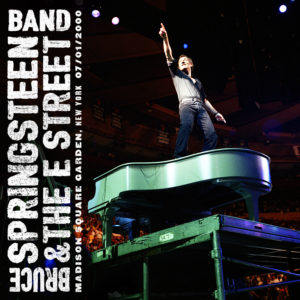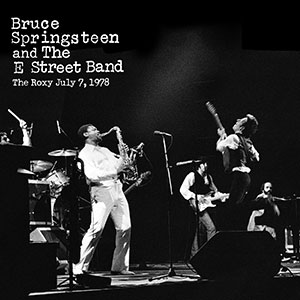
Bruce Springsteen and the E Street Band
The Roxy, West Hollywood, CA, July 7, 1978
By Erik Flannigan
Imagine yourself at the Fabulous Forum in Los Angeles on Wednesday, July 5, 1978. Bruce Springsteen is playing his first headlining arena show in the area, a culmination of his growing popularity. During the intermission between sets, a rumor swirls that a special show is happening on Friday night at the Roxy in West Hollywood and tickets are going on sale tomorrow morning. With a capacity under 500, seeing Bruce and the E Street Band at the tiny club will be the toughest ticket in town. What do you do? Leaving early means missing the rest of the Forum show when the rumor may not be true. But if you stay, do you miss the chance to see a once-in-a-lifetime intimate performance? A true Sophie’s Choice.
Perhaps a few did leave before the encores; others rushed straight from the Forum to the Roxy to join the growing queue because the rumor turned out to be true. A small item in Thursday’s LA Times confirmed tickets were going on sale for Bruce’s “first club appearance in nearly three years.” The faith of those who braved the overnight line was likely rewarded as eyewitness reports suggest as many as 1,000 people were waiting when the Roxy box office opened at noon.
“It was like the Beatles when we announced the Roxy,” says Paul Rappaport, Columbia’s west coast promo guy at the time and organizer of the show on behalf of the label. After it quickly sold out, “hundreds of kids showed up in the KMET lobby and at the CBS Records lobby in Century City looking for tickets,” he adds.
Why KMET? Because the silver lining in the Roxy announcement for those who couldn’t attend was that it would be broadcast live on the radio, the first of five such transmissions on the Darkness tour that helped cement Springsteen’s peerless reputation as a live performer.
Each one –The Roxy, The Agora, Passaic, Atlanta and Winterland — has its merit. They are compelling shows one and all. But the circumstances surrounding the event and the remarkable, risk-taking performance make the Roxy stand apart.
Rappaport recalls a phone conversation with Jon Landau where they discussed how difficult it was to create breakthrough buzz in LA even given a sold-out Forum show. “It is such a big town and there’s a lot going on, so it is hard to get attention,” he told Landau. The manager in turn suggested the idea of a live broadcast on KMET.
The FM rock radio powerhouse had grown more popular than the biggest Top 40 station in the city. “It’s like that scene in Back to the Future where the guy takes two electrical cords, shoves them together and sparks fly,” Rappaport says. “That’s what happens when you marry the greatest thing in rock ‘n’ roll to the greatest amplifier in Los Angeles…. I told Landau it would be amazing.”
The catch was there were only a few of days to pull it off, including buying out the band already booked to play the Roxy that night, getting Ma Bell to lay special high-fidelity phone lines at the venue to send audio to the radio station, as well as procuring a remote-recording truck to handle the mix and–as we’re fortunate enough to hear today–preserve the concert on multi-track tapes.
Springsteen starts the set by acknowledging the ticket challenges, which he owns with humility, a tenor that then gives away to something akin to a coiled snake. “We’re gonna do some rock ‘n’ roll for ya. A WELL, A WELL, A WELL THE LITTLE THINGS THAT YOU SAY AND DO, MAKE ME ALWAYS WANT TO BE WITH YOU HOO HOO.” Inspired by the recently released biopic, Springsteen opens the set with a thrilling surprise, the band’s stupefyingly tight take of Buddy Holly’s “Rave On.” With it, the breakneck pace for the Roxy is established, never to be vanquished.
How fast? If your digital playback device had a pitch control, you’d probably check the setting during “Candy’s Room,” jet-fueled by Max Weinberg. Every song in the first set teems with confidence and conviction, none more so than the sequence of “Candy’s Room” into a flawless “For You,” followed by the next of the night’s shockers, “Point Blank.” It’s a bold debut for the future River track, stunningly performed with early lyric and arrangement variants.
The caliber of performances in the first set carries on in the second, which opens in high spirits with more unreleased tunes, the instrumental band spotlight “Paradise By The ‘C’” and “Fire.” While the setlist serves as a showcase for Darkness tracks and the Roxy versions are uniformly brilliant, when people suggest the ‘78 radio broadcasts drove thousands of new converts, it is because they captured both the music and the magic.
As the set moves to “Growin’ Up” and its delightful “goddamn guitar” story, enchantment turns irresistible. “Growin’ Up” flows into a scintillating “Saint In The City” and the E Street Band crushes it. The new mix by Jon Altschiller makes Springsteen and Van Zandt’s guitars sabre sharp.
If somehow that weren’t enough to convince, we get “Backstreets,” in a version many cite as one of the very best. The mid-song “Sad Eyes” passage (edited on Live 1975-85) is intact here, restoring this masterpiece to its full grandeur. From the charm of “Growin’ Up” through the emotional catharsis of “Backstreets,” religious conversion is complete.
“In the middle of the show, I stepped out because I needed fresh air,” Rappaport recalls. “It was one of the greatest scenes I have ever witnessed in rock: A couple hundred kids with their ears pressed to the wall outside the Roxy; all of the Sunset Strip listening to this broadcast, car after car, windows down, people singing along. It blew my mind.”
There would be more mind blowing to come. Bruce opens the encore with yet another new song, premiering “Independence Day” on solo piano, a monumental moment. Neither “Point Blank” nor “Independence Day” would be played again until September, which makes it all the more astounding that Springsteen chose to debut them in the broadcast. In fact, over the course of the night he performs five unreleased originals, two of them for the very first time, plus another four unreleased cover songs, two them also live premieres.
All this knowing full well–as he proclaims at the top of the second set–that bootleggers and thousands of fans listening at home would indeed be rolling their tapes. When the stakes couldn’t be higher, Springsteen went all in.
“One of the things I had to do,” Rappaport explains, “was tell the sales branch that I guarantee there will be a bootleg. But we had to do it….It’s one of the greatest live recordings of all time.”
When asked about the audacity of debuting brand-new songs, Rappaport replies, “Bruce understood the platform he had. I think he wanted to play those songs because he was always trying to do something different. He didn’t want to repeat himself. I have never seen a guy work harder than him, ever. ”
Rappaport then recounts a tale told to him by Columbia’s then head of sales, who had seen Springsteen backstage at a big show debating doing another encore when it seemed like he had already given the people all they could want and then some. When asked why we was even considering one more song, Springsteen replied, “I’m in the business of the unexpected.”
With the Roxy, the unexpected was broadcast all over town, and via tapes and bootlegs, ultimately to fans the world over.
The encore rolls on after the sublime “Independence Day” and Bruce and the band push the show as hard as she will go. “Born to Run,” “Because the Night” (which was already a hit for Patti Smith), Eddie Floyd’s “Raise Your Hand” and finally, after 12 minutes of cheering, “Twist and Shout.”
From the band to the audience in the club, from the kids outside the venue to the listeners all over Southern California listening on KMET, anyone who experienced the Roxy performance would concur with Rappaport’s final assessment: “I witnessed rock ‘n’ roll history.”

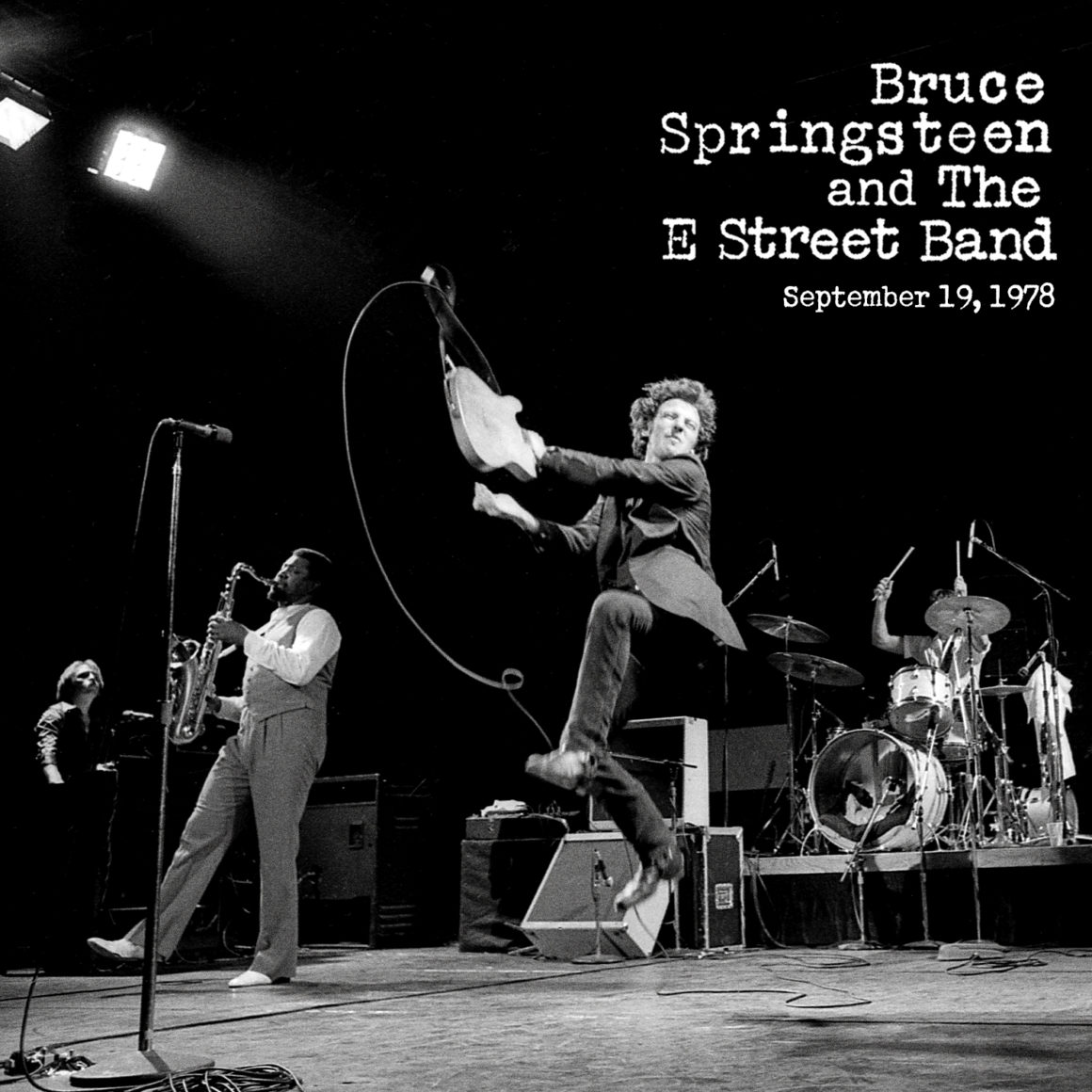
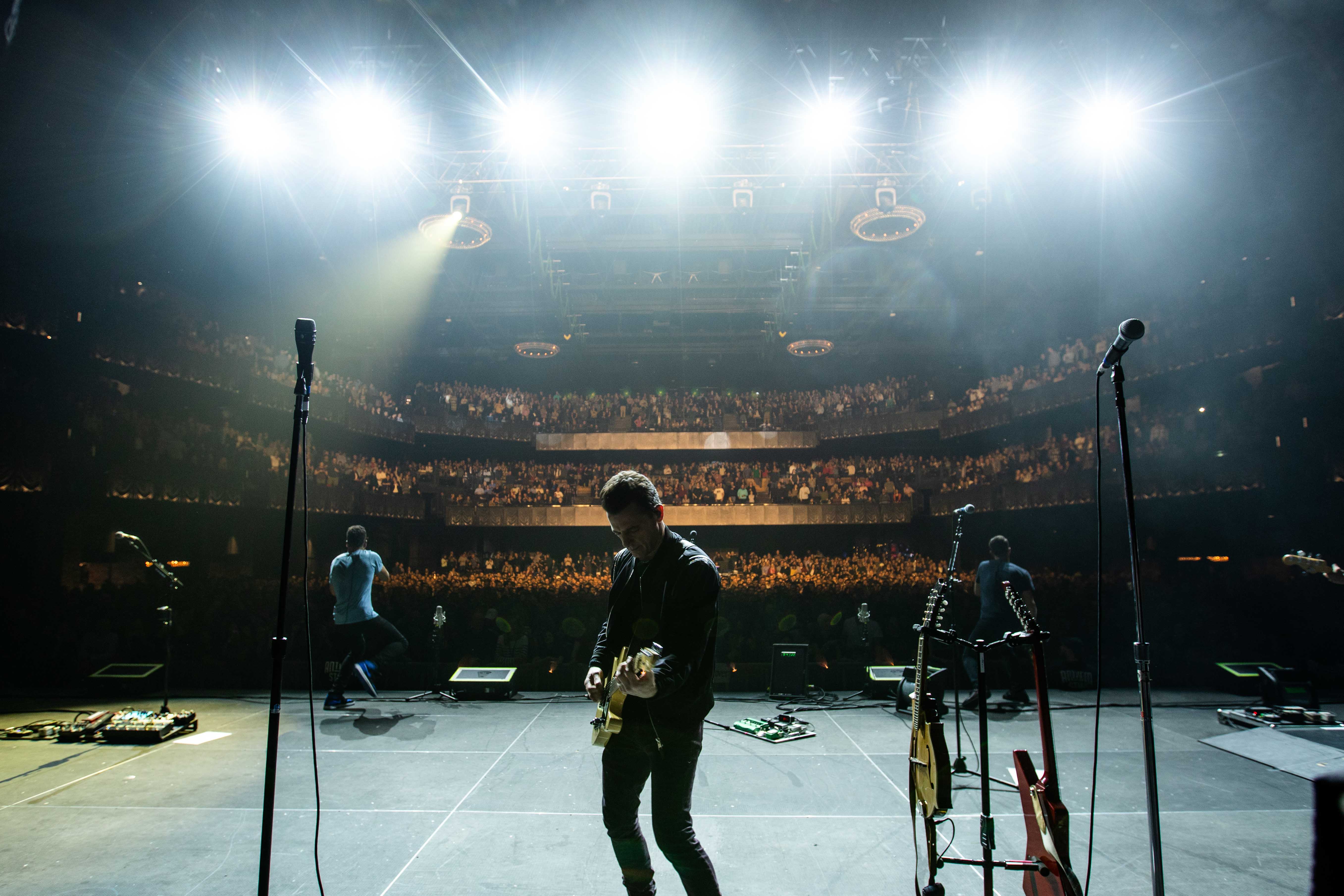
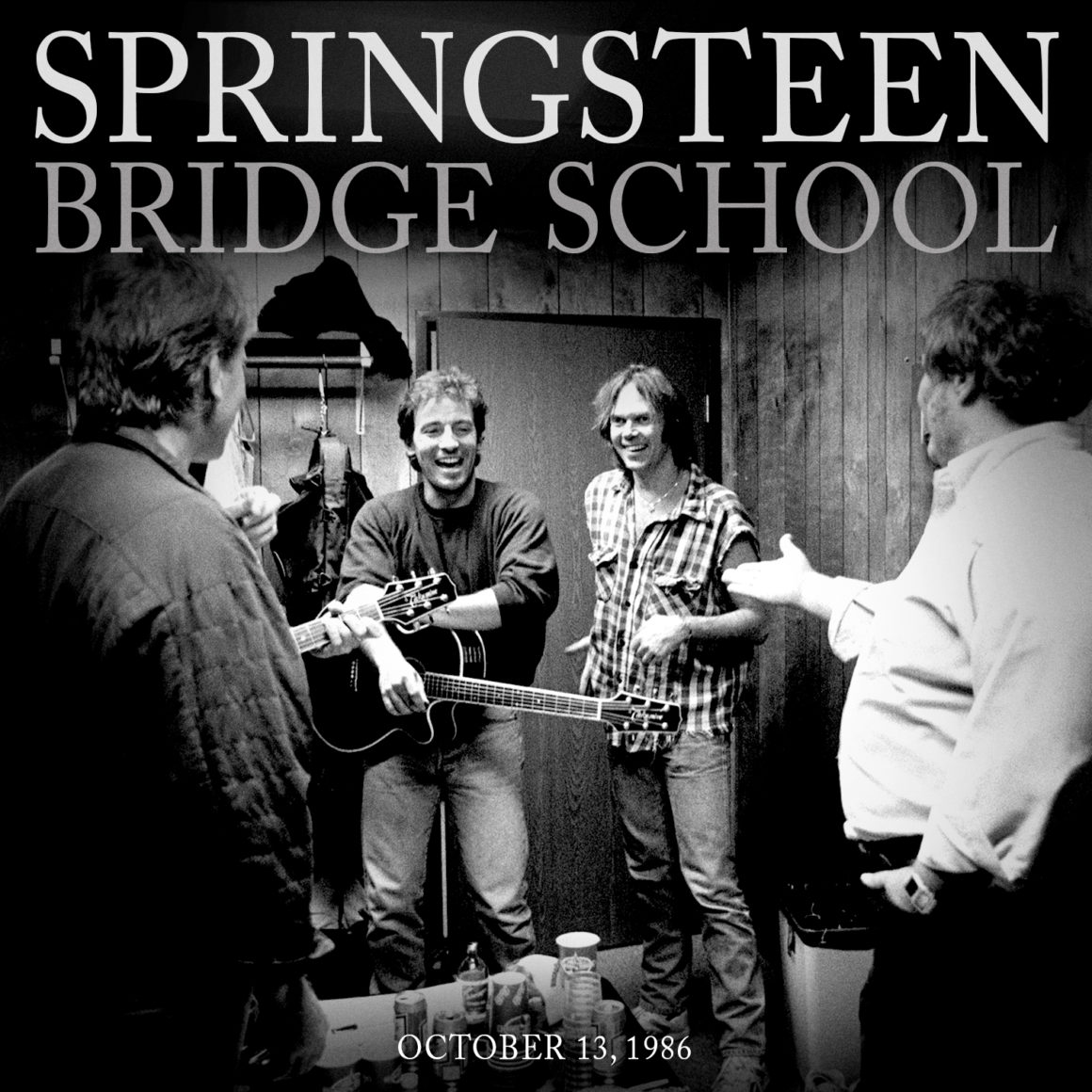
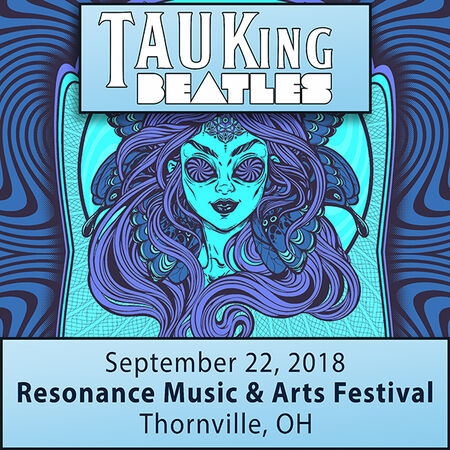
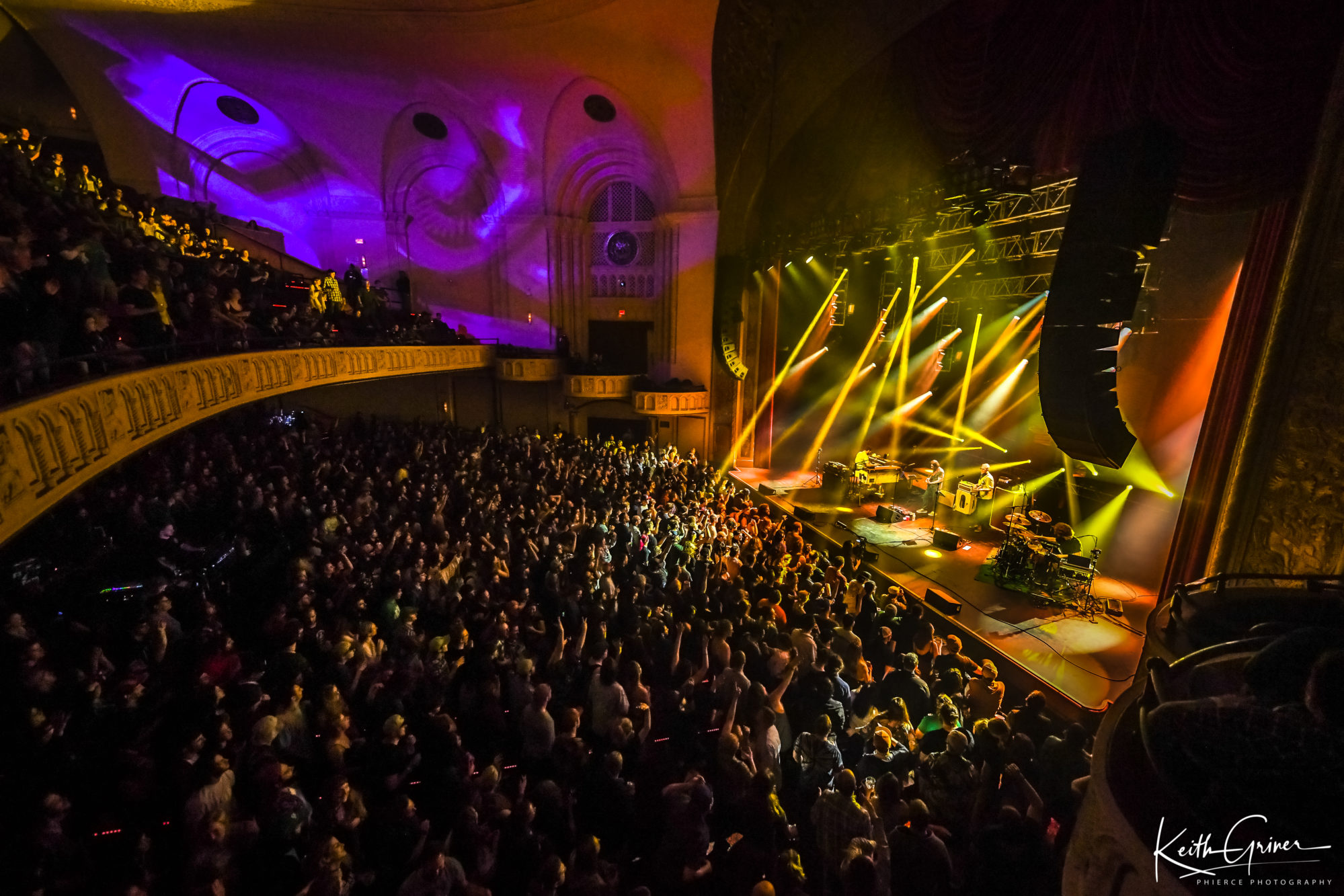
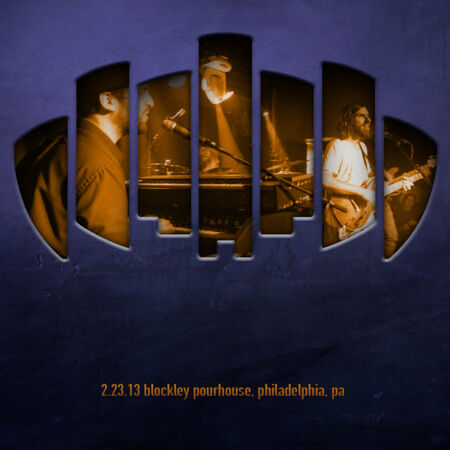
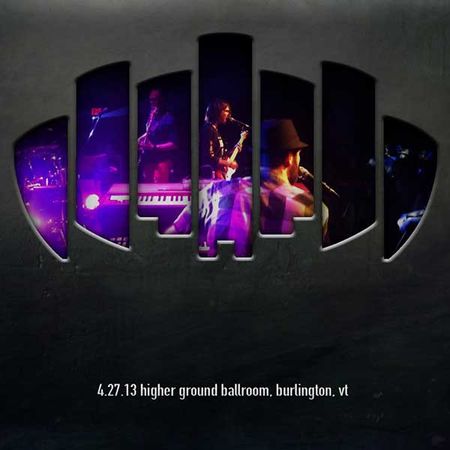
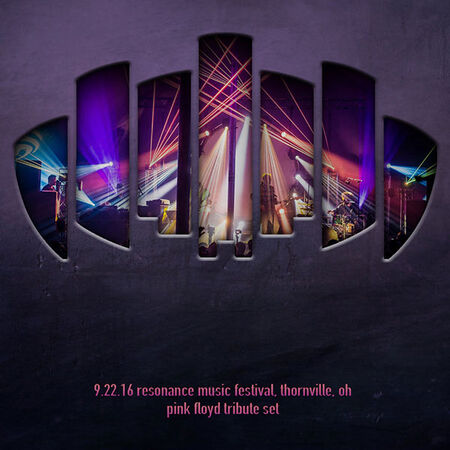
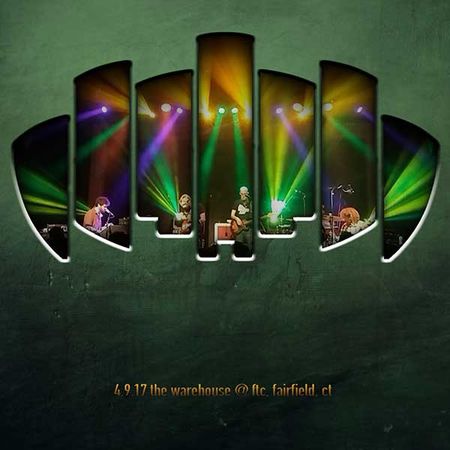
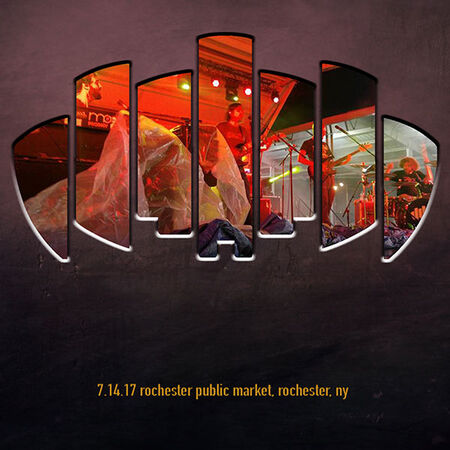

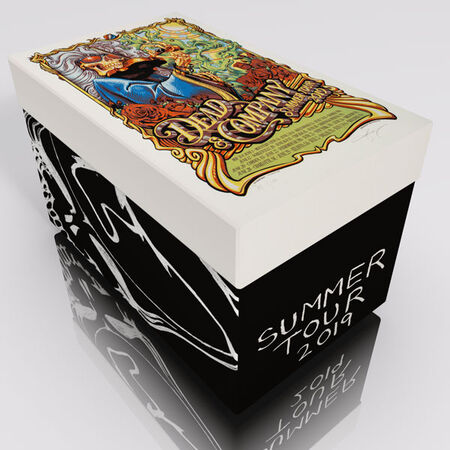
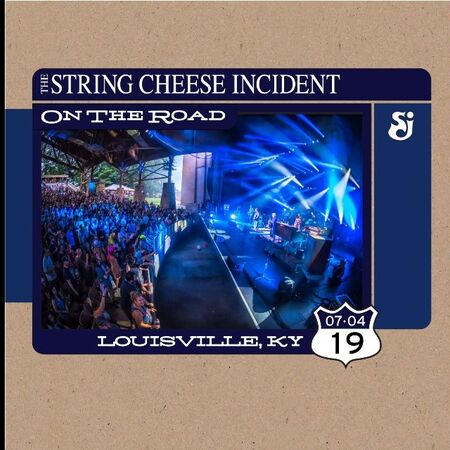
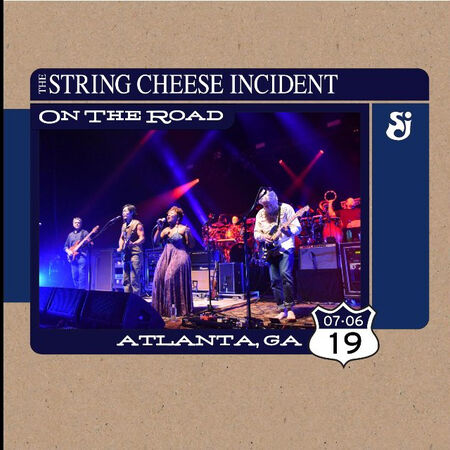

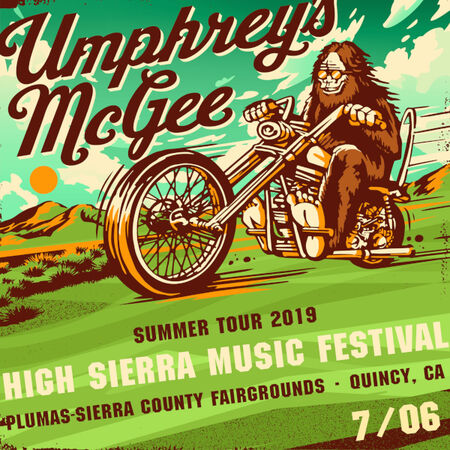
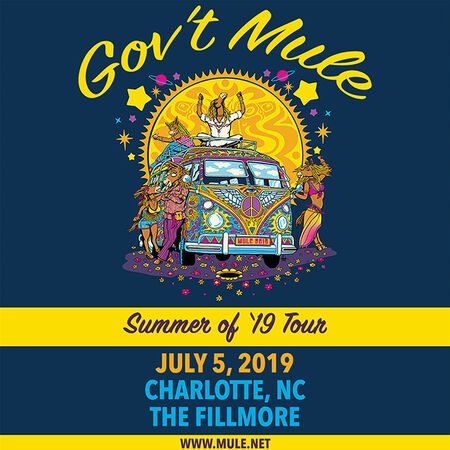
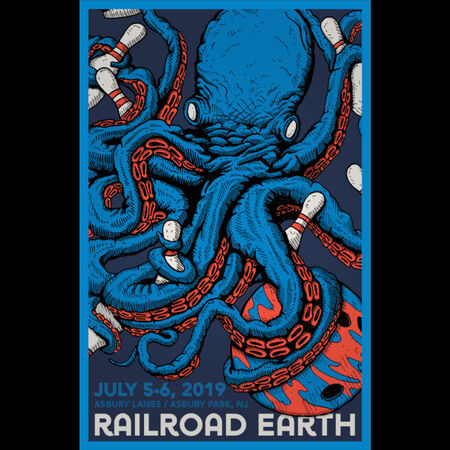
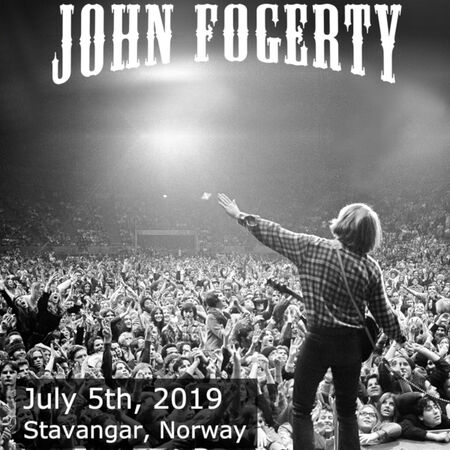

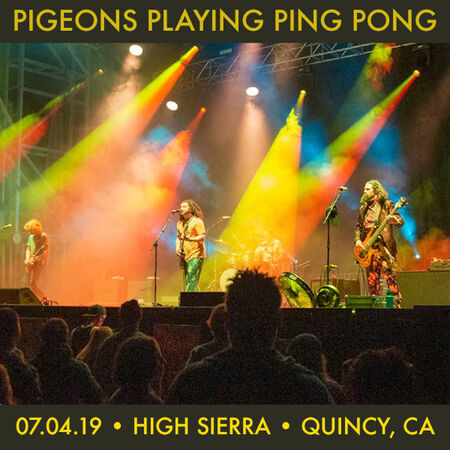



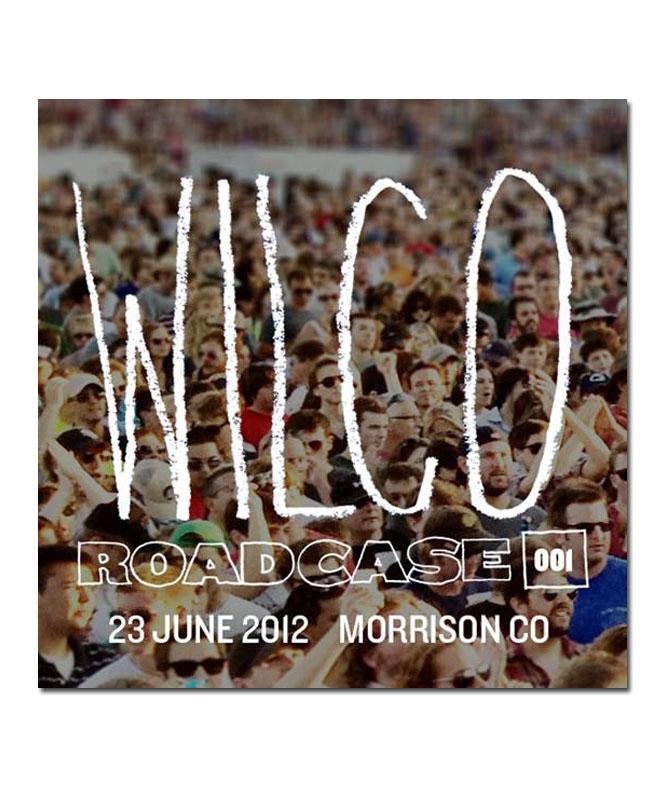
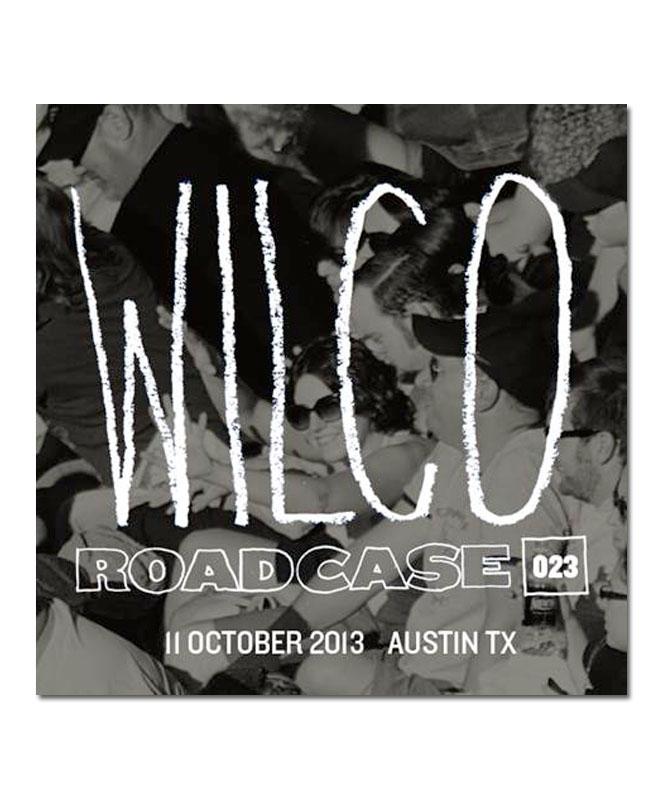
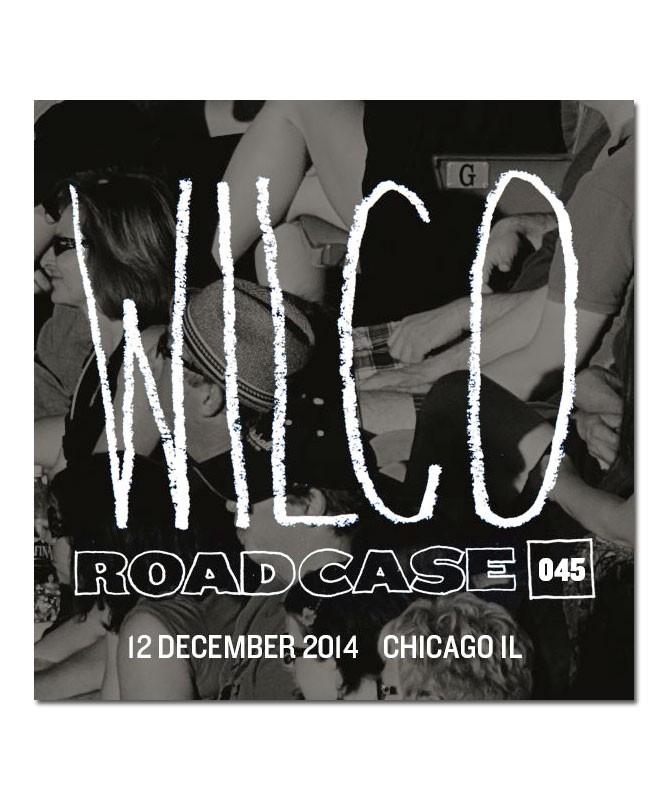
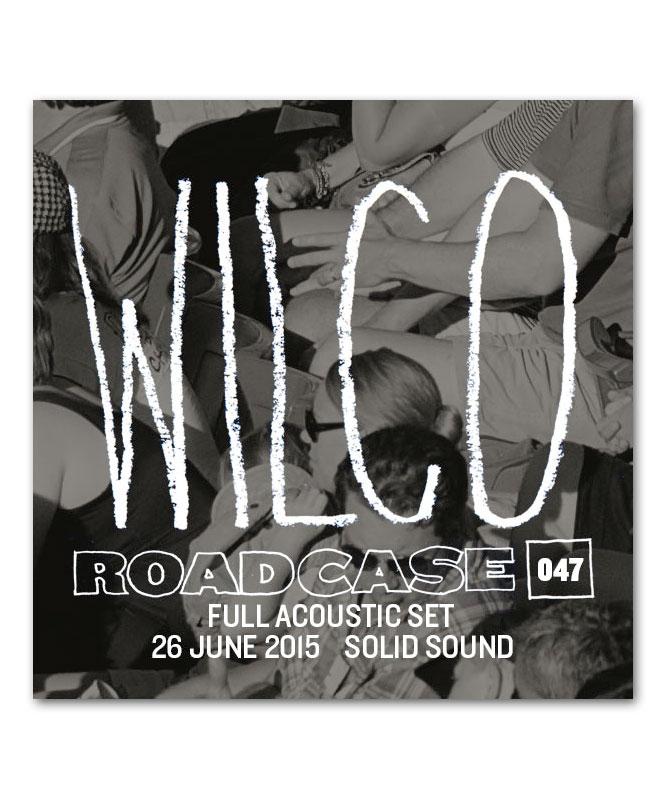
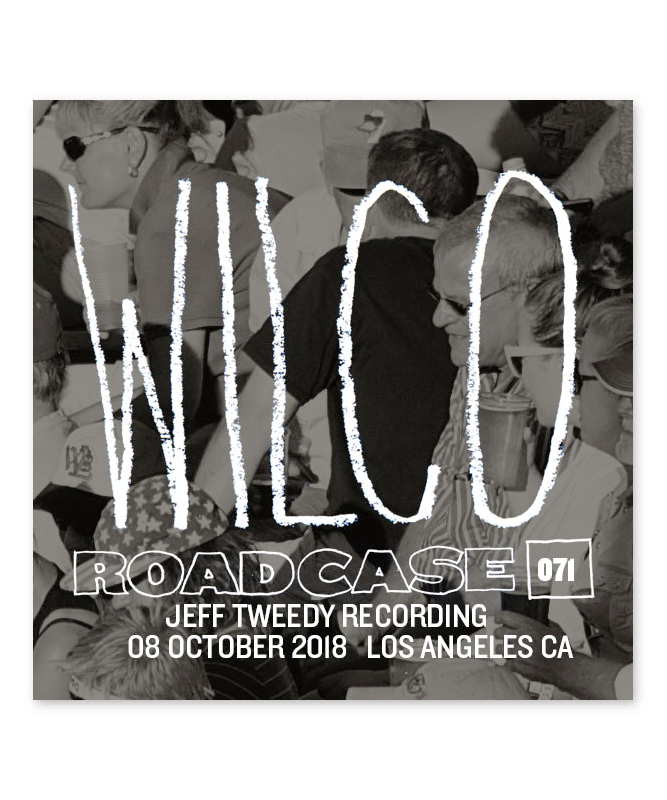
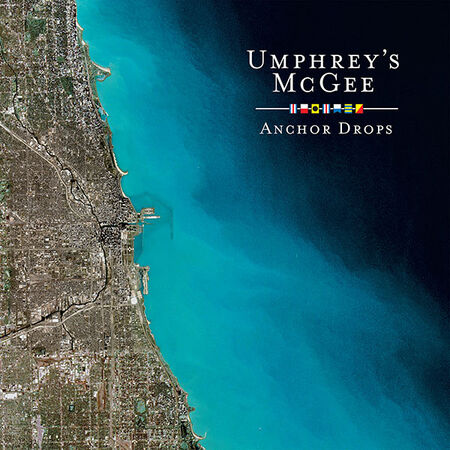
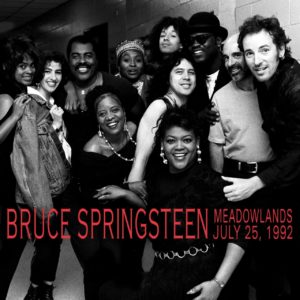

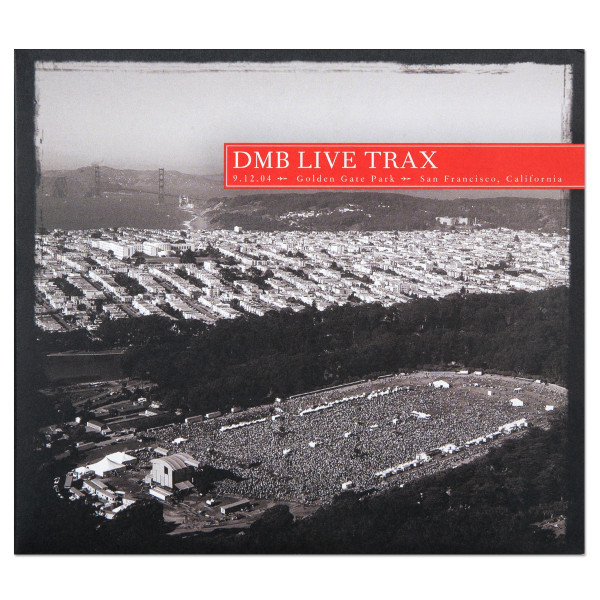
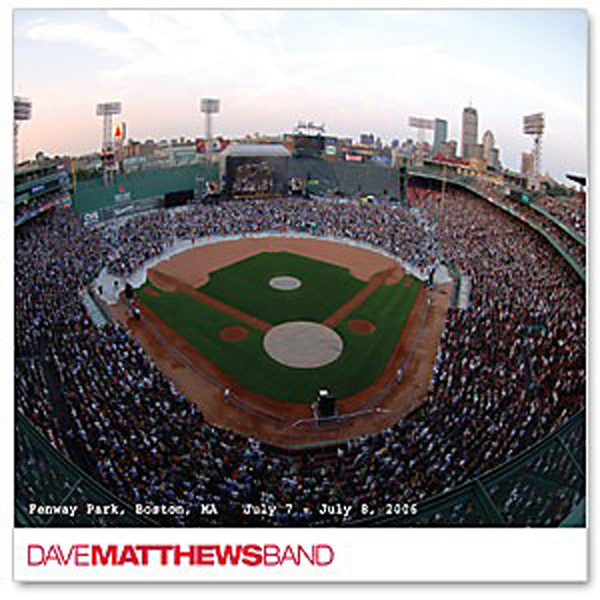
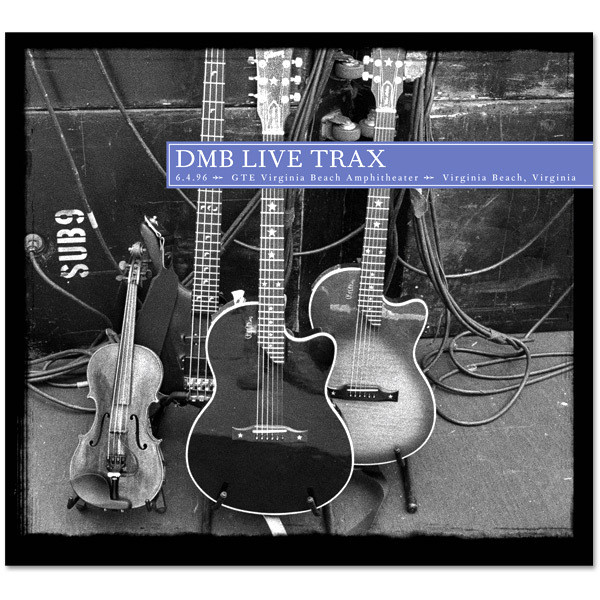

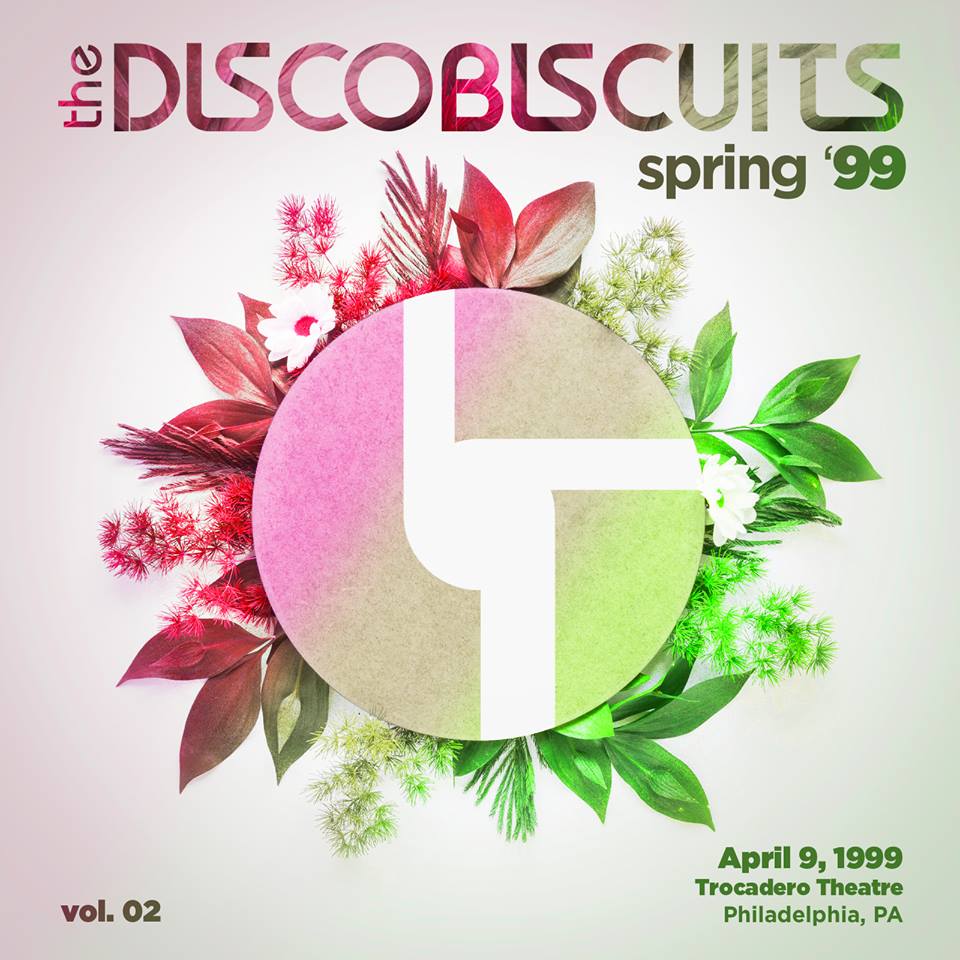
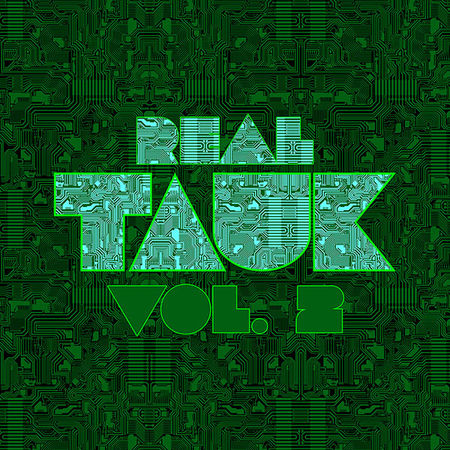

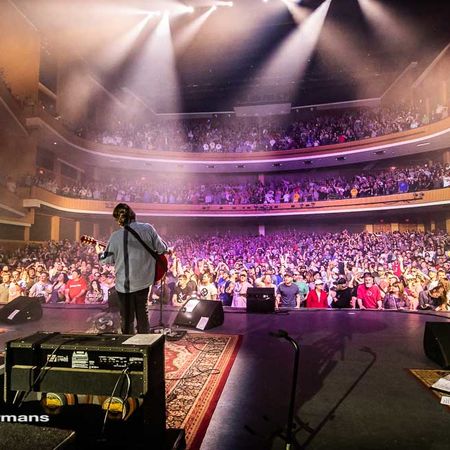
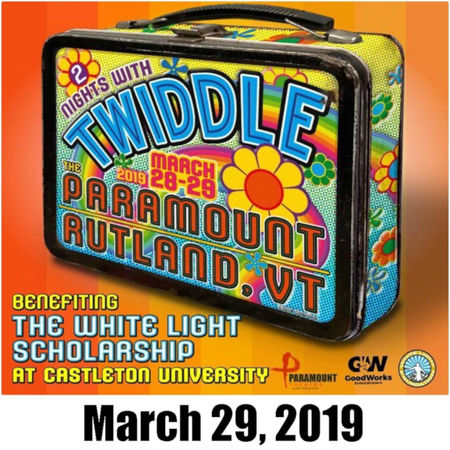
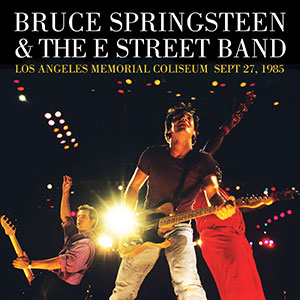
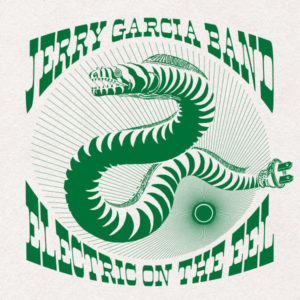 Three shows, three years, one special venue- this massive new release is now available to stream and download on nugs.net. The Jerry Garcia Band made three stops at French’s Camp on the Eel River between 1987 and 1991- each of these electric sets is filled with classic Jerry Garcia jams and longtime collaborators. Joined by band members Melvin Seals, John Kahn, David Kemper, Gloria Jones, and Jacklyn LaBranch- these shows will be music to the ears of Grateful Dead fans new and old.
Three shows, three years, one special venue- this massive new release is now available to stream and download on nugs.net. The Jerry Garcia Band made three stops at French’s Camp on the Eel River between 1987 and 1991- each of these electric sets is filled with classic Jerry Garcia jams and longtime collaborators. Joined by band members Melvin Seals, John Kahn, David Kemper, Gloria Jones, and Jacklyn LaBranch- these shows will be music to the ears of Grateful Dead fans new and old. 
